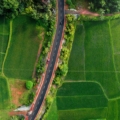Kutch in Monsoon: Gujarat’s Hidden Green Paradise
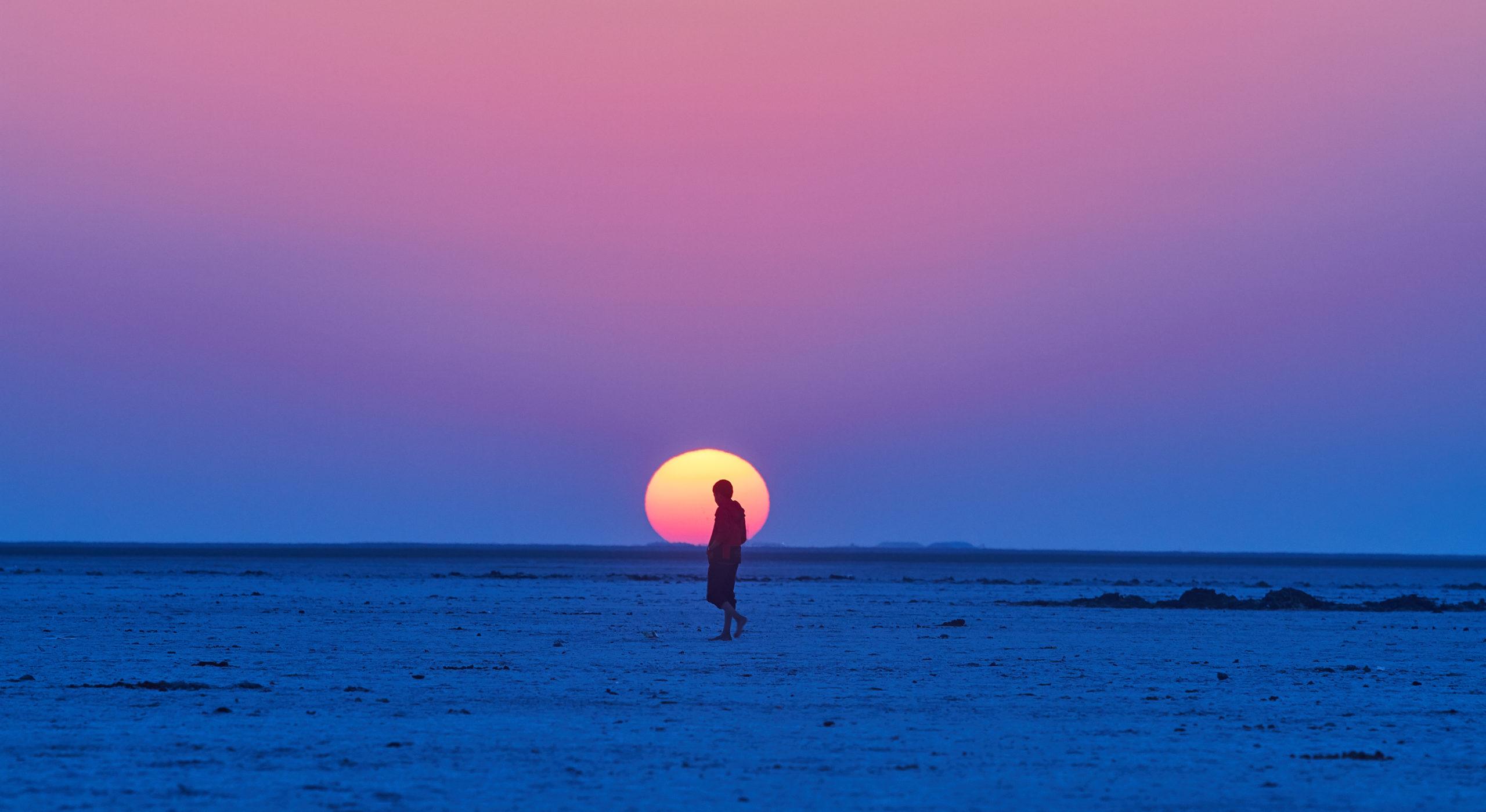
When people think of Kutch, they often imagine a vast white desert, camels walking across salt flats, and vibrant kachchh rann utsav festivities under a full moon. But there’s another side to this region that many overlook, a side that comes alive during the monsoon in Kutch.
Between June and September, as the rains touch the cracked earth, Kutch transforms from dry and dusty to green and glowing. The air turns cooler, the landscape softens, and a new kind of magic takes over. If you’ve only seen Kutch in winter, you haven’t seen Kutch at its most alive. Welcome to Kutch in Monsoon, an offbeat, soulful, and unforgettable experience in the heart of Gujarat.
In this Blog
Why Kutch in Monsoon Will Steal Your Heart
The Great Green Transformation
The transformation of Kutch in the monsoon is so dramatic it feels almost surreal. Barren hills that looked like sleeping giants wake up draped in velvet green. Seasonal lakes appear overnight like nature’s own magic tricks, reflecting cloudy skies and hosting unexpected wildlife parties. The famous Rann of Kutch in monsoon becomes a shimmering mirror, creating an otherworldly landscape that even the most seasoned travelers find mesmerizing.
Blessed Solitude
Here’s what no guidebook tells you: Kutch monsoon belongs to you alone. While winter brings bus loads of tourists and Instagram influencers, the rainy season offers something infinitely more precious, silence. Empty roads wind through landscapes so beautiful they hurt. Village squares echo only with the laughter of children playing in puddles. This is travel as it was meant to be: intimate, personal, transformative.
Weather That Actually Helps
Forget the brutal summer heat that makes midday exploration impossible. Monsoon in Gujarat brings cool winds, dramatic cloud formations, and temperatures that actually invite you to step outside. The air smells of wet earth and wild herbs, while gentle rains create the perfect soundtrack for exploration. It’s not just comfortable weather—it’s soul-stirring weather.
Unmissable Destinations in Monsoon Kutch
Bhuj: Where History Meets the Monsoon Sky
Bhuj during monsoon is like meeting an old friend who’s discovered a new passion for life. The city’s historic heart beats stronger when rain drums on ancient rooftops and palace walls. Hamirsar Lake, often reduced to a modest water body, transforms into a sprawling blue canvas that locals use for evening boat rides and impromptu picnics. The lake’s ghats come alive with families sharing pakoras and steaming tea while watching the rain create ripples on the water’s surface.
The majestic Aina Mahal, with its intricate mirror work, takes on an ethereal quality in monsoon light. The palace seems to breathe with the changing weather, its courtyards echoing with the sound of rain on stone. Meanwhile, Prag Mahal’s Gothic arches frame dramatic sky views that photographers dream about. The city’s narrow lanes, usually dusty and harsh, become atmospheric corridors where every corner reveals a new interplay of light, shadow, and rain.
Chhari Dhand: The Seasonal Wetland Paradise
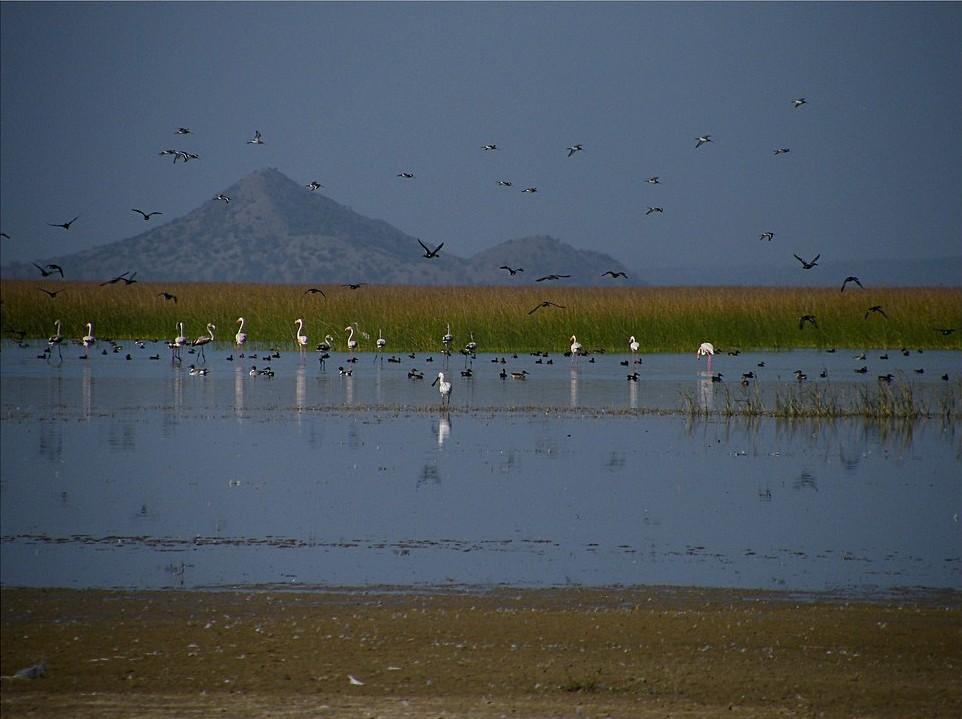
Chhari Dhand during monsoon is one of Kutch’s most remarkable transformations. This seasonal wetland, which remains completely dry for most of the year, fills up during the rains to become Gujarat’s largest natural lake. Covering over 80 square kilometers when full, it attracts thousands of migratory birds including flamingos, pelicans, ducks, and cranes.
The lake becomes a birdwatcher’s paradise as species from Europe, Central Asia, and Siberia arrive to spend the winter. Local shepherds bring their flocks to graze around the lake’s edges, creating a pastoral scene that feels timeless. The surrounding grasslands turn emerald green, dotted with wildflowers, while the lake itself reflects the dramatic monsoon in India skies. Early morning visits offer the best wildlife viewing opportunities, with birds most active during the cooler hours.
Banni Grasslands: Nature’s Own Wildlife Theater
The Banni region during monsoon is nothing short of spectacular. What appears as endless brown grassland in winter becomes a verdant carpet dotted with temporary wetlands that attract an incredible variety of birds. Flamingos arrive in large numbers, creating pink patches against the green landscape. Herons, egrets, and dozens of migratory species turn these grasslands into Gujarat’s answer to national wildlife sanctuaries.
Local herders, primarily from the Maldharis community, welcome the rains as their animals finally have abundant grazing. Their traditional lifestyle, perfectly adapted to Kutch’s rhythms, becomes even more fascinating during this season. You can witness age-old practices of animal husbandry that have sustained these communities for generations, all while surrounded by a landscape that changes daily as the rains continue.
Dholavira: Ancient Mysteries in a Modern Monsoon
Dholavira, the 4,500-year-old Indus Valley site, becomes almost mystical during monsoon. The archaeological remains, usually stark against the desert backdrop, are now surrounded by seasonal water bodies that mirror the ancient city’s layout. It’s impossible not to wonder if the Harappans who built this sophisticated city experienced the same dramatic seasonal transformations.
The site’s famous water conservation system,reservoirs, dams, and channels, takes on new meaning when you see how the land responds to rain even today. The monsoon context makes Dholavira’s archaeological significance even more profound, as you realize how these ancient people mastered living with Kutch’s dramatic seasonal changes. Truly, one of the most inspiring places to visit in monsoon.
Kalo Dungar: Kutch’s Misty Crown
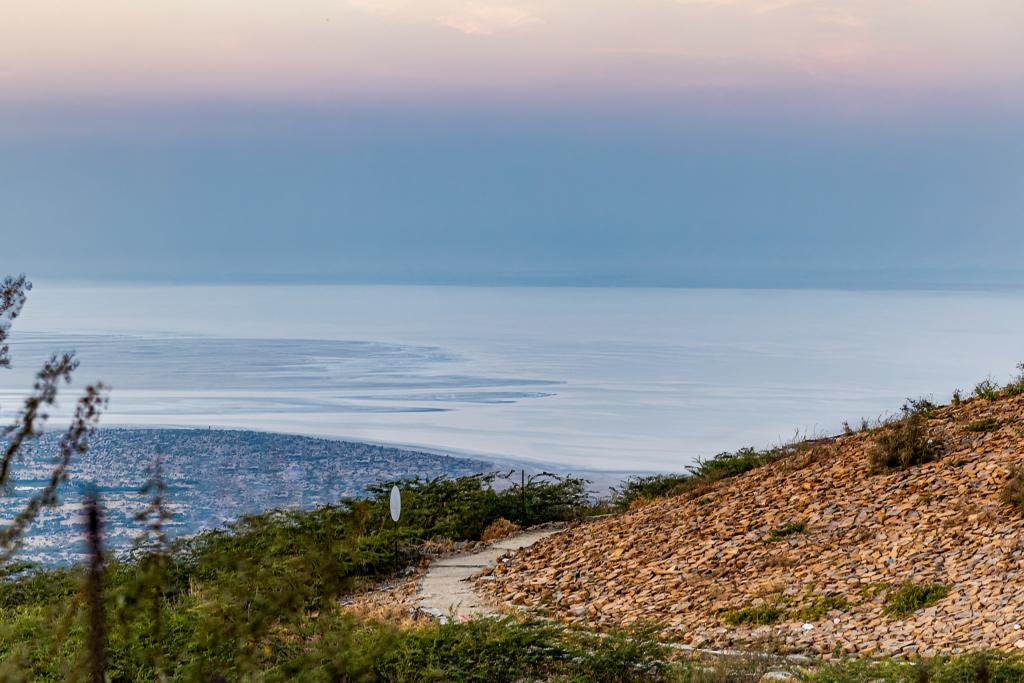
At 458 meters, Kalo Dungar might not rival the Himalayas, but during monsoon, it offers views that are equally breathtaking. Rolling mists engulf the hilltop, creating an almost ethereal atmosphere. From the summit, you can watch weather systems move across the Rann, creating an ever-changing panorama of clouds, rain, and sudden shafts of sunlight that illuminate the transformed landscape below.
The Dattatreya Temple at the summit takes on special significance during monsoon, as pilgrims arrive to witness what many consider nature’s own divine display. The hill’s resident jackals, fed by temple visitors, become more active in the cooler weather, adding to the wild charm of the place.
Cultural Life in the Rains
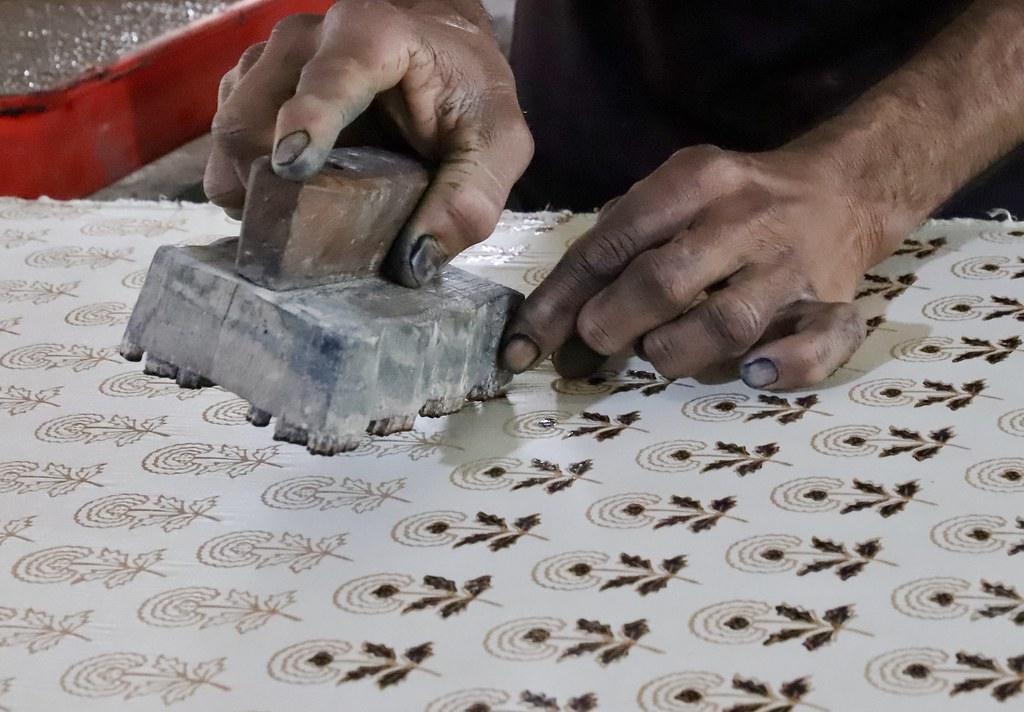
The people of Kutch are deeply connected to the land. During monsoon, farming begins, and the rural energy shifts, fields come alive with activity, and the villages are wrapped in earthy smells and festive spirit.
You can visit artisan villages like:
- Nirona – Famous for Rogan art and copper bell making. The monsoon humidity actually helps with the Rogan painting process, as the natural pigments spread more smoothly on fabric. The village’s last remaining copper bell-making family welcomes visitors to their workshop, where the sound of hammering on metal mixes with the rhythm of rain on tin roofs.
- Hodka and Ludiya – Known for mud huts (bhungas) and vibrant embroidery. These traditional circular homes with conical thatched roofs show their brilliance during monsoon—rainwater slides off easily while the thick mud walls keep interiors cool and dry. Women gather in groups to work on intricate mirror embroidery, their colorful threads and sequins creating beautiful patterns while rain provides a natural soundtrack.
- Ajrakhpur – Home to traditional Ajrakh block printing. The monsoon season affects the natural dyeing process, and master craftsmen adjust their techniques to work with the humidity. The indigo and madder dyes respond differently to moisture, creating subtle variations in the famous geometric patterns that make each piece unique.
Many artisans are open to visitors even during the off-season, and this is the best time to support local crafts while avoiding the commercial rush.
What to Do in Kutch During Monsoon
- Take a road trip – Drive through green fields, flooded salt pans, and misty hills. The roads are scenic, with surprises at every turn.
- Join seasonal farming – In many villages, locals welcome travelers to join in seasonal farming—planting millets, cotton, or pulses. It’s a hands-on experience you won’t forget.
- Photography – The contrast between dry desert land and monsoon greens makes Kutch a photography paradise. From dramatic skies to mirror-like water bodies, every frame is unique. A must among things to do in monsoon.
- Places to Stay – Stay at these amazing properties like Desert Palms, 3 Rooms @ Desert Palms, 2 Rooms @ Desert Palms, talk to local families, and enjoy home-cooked Kutchi food like bajra rotla, kadhi, and ghee-rich sweets.
How to Reach Kutch in Monsoon
- By Air: The nearest airport is Bhuj Airport, well-connected to Mumbai and Ahmedabad.
- By Train: Bhuj also has a railway station connected to major cities.
- By Road: You can easily drive from Ahmedabad (approx. 330 km) or take a bus via GSRTC.
Make sure to check weather updates before traveling, as heavy rains might impact road conditions in some rural areas.
Kutch in Monsoon Is a Soulful Surprise
Kutch is not just a place, it’s an emotion. And during monsoon in Kutch, it becomes a living story of revival, reflection, and raw beauty.
Most people wait for the desert to dry. But if you want to see Kutch breathe, to see it blush green, shimmer under grey skies, and welcome the rain like an old friend, then you need to visit during monsoon.
This is Kutch in monsoon without filters. Quieter, deeper, more honest. So the next time you plan a trip during the rains, skip the usual suspects. Say yes to the roads less traveled. Say yes to Kutch in monsoon.
You’ll return with fewer selfies, but more stories.
Banner Image Credit: clicksaransh via shutterstock





